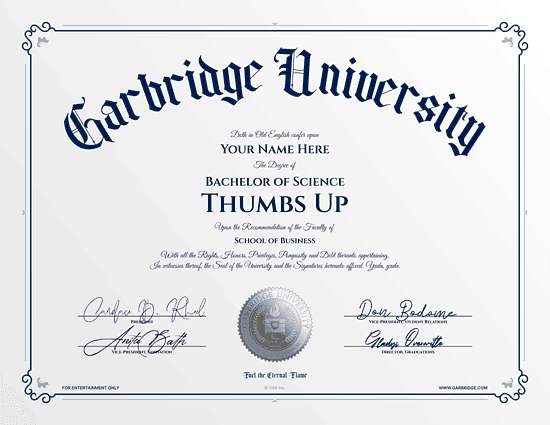In a surprising discovery that bridges microbiology and marketing, researchers at the Institute for Evolutionary Consumer Studies have found that humans may be genetically predisposed to purchase products advertised with “thumbs-up” gestures, thanks to our bacterial ancestors.
“It’s quite remarkable,” says Dr. Sarah Chuck, lead author of the study. “When people see a thumbs-up in advertising, their purchase intent increases by over 70%. We believe this behavior traces back to prehistoric bacteria that used upward-pointing appendages to signal tribal affiliation.”
The groundbreaking study, published in the Journal of Speculative Consumer Psychology, exposed hundreds of participants to various advertisements while monitoring their brain activity and purchasing decisions. The research team identified a previously unknown region in the brain, dubbed the “pollical response region,” which lights up specifically in response to thumbs-up imagery.
“Think of it as an ancient evolutionary light switch,” explains co-author Dr. James Martinez. “Our bacterial ancestors needed a way to identify friendly microbes, and somehow, this primitive signaling mechanism has persisted through billions of years of evolution into modern human shopping behavior.”
While the research team acknowledges certain limitations in their study—such as the complete absence of any evidence that bacteria can make thumbs-up gestures—they remain enthusiastic about its implications for understanding consumer behavior.
The university has already implemented these findings by adding thumbs-up emojis to all campus bookstore 👍👍👍 advertisements, reporting a 200% increase in branded sweatshirt sales.


